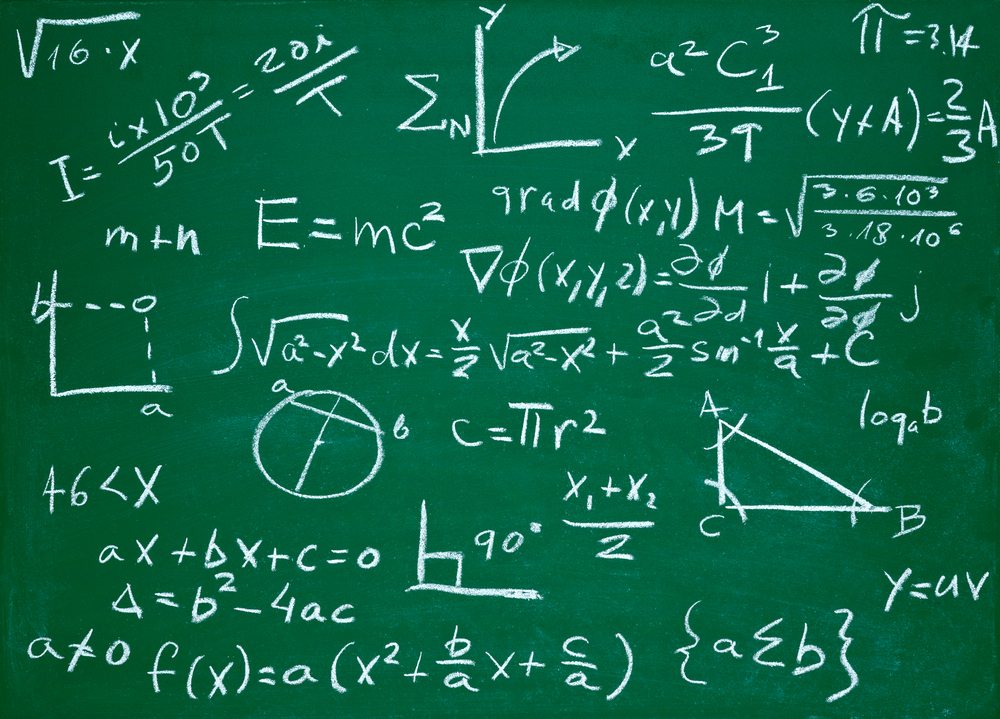What a viral equation tells us about maths
Every now and again, some viral maths question will sweep the internet, with people debating the answer furiously. Normally, this is a matter of people not understanding the right answer or how to get to it, but sometimes these questions throw up interesting curveballs in their own right. That’s certainly the case with the latest internet maths piece, which seemingly has two correct answers. So let me pose a seemingly simple question, explore the right answer, and then interrogate why it has caused such uproar: what is 6/2(1+2)?
Outside of some fairly dramatic responses, consensus has pretty much settled one two answers, and the reasoning for both looks really sound. Common answer number one is, appropriately enough, the number 1. This is obtained as follows: firstly, solve the brackets to make 3. Complete 2*3 to make 6, and then 6/6 is 1. It’s hard to dispute that, and a number of people have shared images of their calculators producing the same answer.
It seems logical enough, but there’s another answer, and that’s 9. You get 9 as follows: again, start by resolving the bracket to produce 3. Then proceed through the equation in order – so 6/2 gives you 3, and then 3*3 is 9. It’s hard to disagree with the maths here either, so which is right? The answer, frustratingly, could be either, depending on when you learned your maths (but, for people of our generation, it’s 9).
Answering the question requires our old friend BIDMAS (or PEDMAS, if you’re an American) – it’s a list of what order you should resolve the operations in an equation. Firstly, resolve the brackets, then the exponents. Both division and multiplication have equal priority, then addition and subtraction come last. Contemporary maths gives us the 9 answer – we deal with the brackets, and then work left to right because division and multiplication don’t outrank each other. But historically, the divide symbol meant you would divide by the entire product on the right of the symbol – i.e. the way we read the equation to get 1 as the answer. For people using old textbooks, 1 is the correct answer, but that approach has (broadly speaking) fallen out of fashion.
Given, though, the key to resolving the question is simply a matter of resolving operations in order, why is there such difficulty? It’s less a matter of difficult maths, than it is poorly-written maths. Although 2(1+2) is technically correct, and obviously intended to mean 2*(1+2), it’s a confusing thing to read because this is not how arithmetic is usually written. It’s more akin to algebraic notation, introduced in a context that doesn’t really require it, and much of the confusion has stemmed from the question’s articulation, rather than the question. 6/2*(1+2) means exactly the same thing, and it doesn’t confuse the issue by implying the multiplication has to be resolved first.
This viral maths question was not as hard as it appeared (really, it’s quite basic maths), but rather that it appeared hard at all was the problem because the language was deliberately designed to confuse. There’s no real trick to writing something purposefully confusing, and then watching people be confused. Each branch of maths has its own language and phrases – when you mix them up, it’s no wonder that the meaning gets garbled too.

Comments